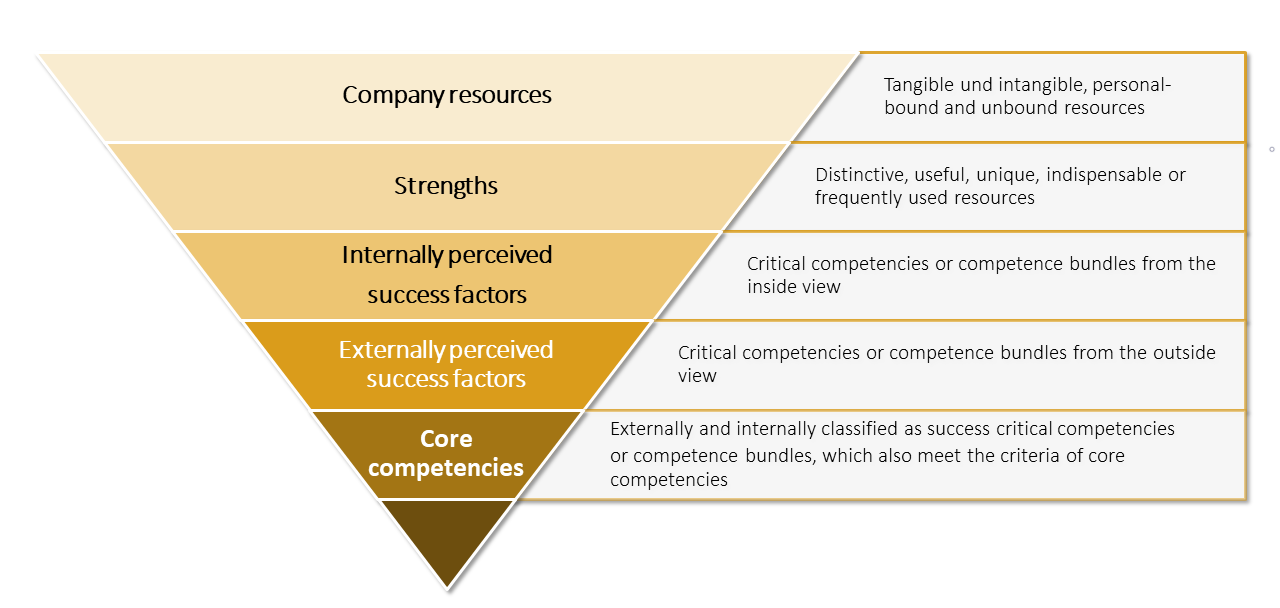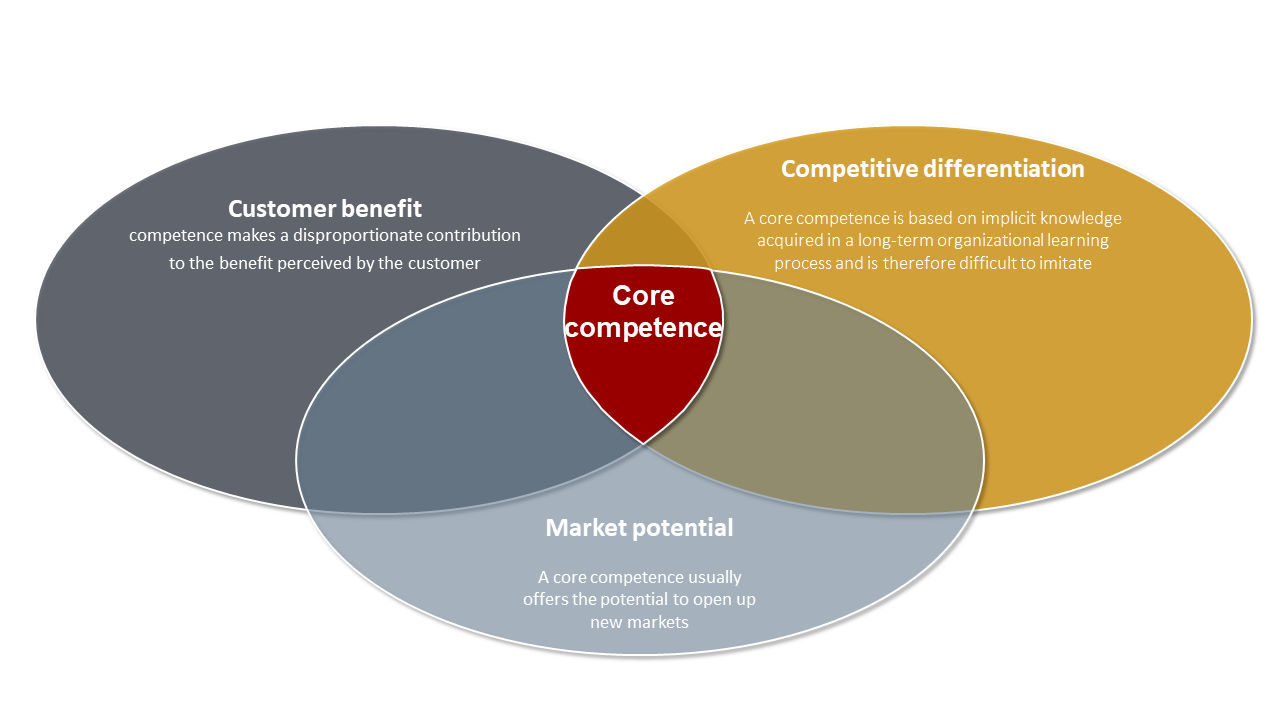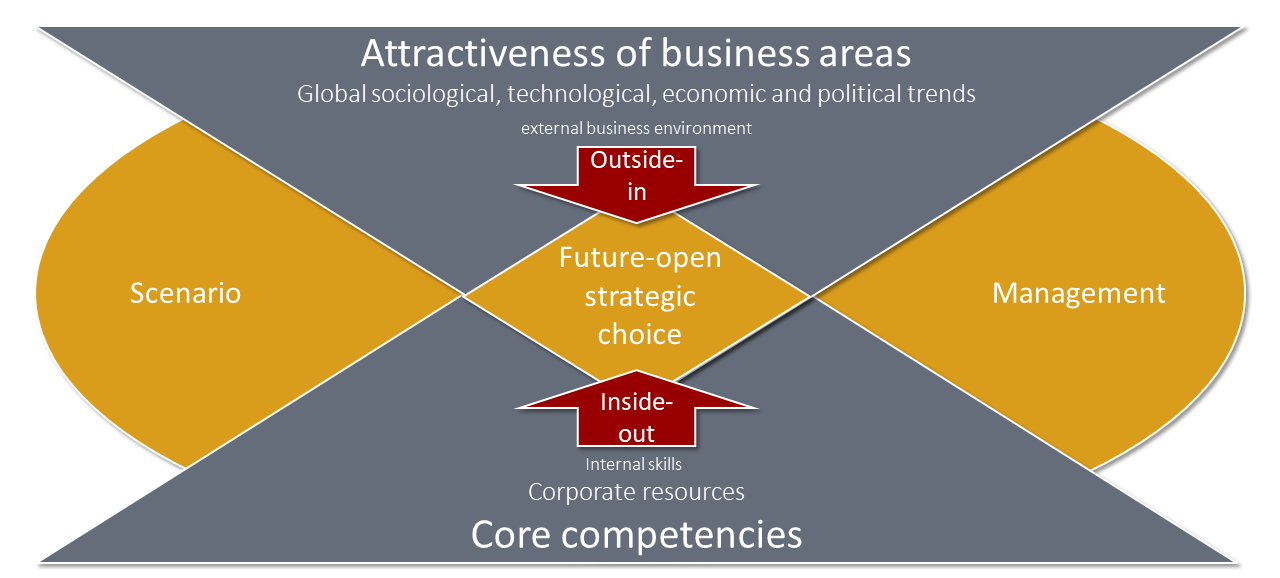Strategic adaptability
The classic strategy process has barely changed in principle over decades past. Strategy formulation in companies is still dominated by a structured analysis of the outside world. However, these strategy processes do not adequately prepare your company for a business environment characterised by significant (or even disruptive) change. The future was yesterday. Modern analytical methods and planning processes ensure that you are prepared, even with the increasing challenges of this VUCA world, and that you can make future-proof decisions at any time.

The classic strategy process
Most companies analyse the sociological, technological, economic and political trends in their global- and corporate environment. They have defined strategic business fields in which they are active today and would like to be active in future, and they analyse their attractiveness. Based on this analysis, (dis)investment decisions are made in the portfolio. The structure of this business field portfolio is then transferred in one-to-one fashion to the company organisation’s internal structure. Each strategic business field is handled by a separate business unit.
When analysing the individual business fields, the companies go even deeper. Customer and supplier positions are analysed, opportunities and risks of substitution offers are examined, critical success factors are determined, the company’s own competencies are assessed as strengths or weaknesses and the intensity of competition itself is evaluated.
In strategic choice, a way is then sought to optimally position the business unit in the analysed environment, or even to change the framework conditions and rules of the game to one’s own competitive advantage. Strategic options are developed, evaluated and finally, a strategy is formulated and its implementation planned.
Thinking in scenarios
This classical strategy approach has one decisive disadvantage. It sees the future as a development that can be predicted linearly. It is also largely based on externally imposed structures and even aligns the organisational structure with these structures. If rapid and disruptive changes occur, the organisation cannot react quickly enough to these upheavals.
Rapid changes have become the norm today. Simultaneously, the number of relevant influencing factors is increasing and known cause-effect relationships no longer apply. You should, therefore, kiss goodbye to the idea of a predictable future. Instead, you need to think with an open mind towards the future, learn to understand complex systems and develop alternative future scenarios. These alternatives are based on assumptions that are consistent and plausible in terms of content. The goal is to understand the interdependencies and effects of current (and future) influencing variables and thus to be able to react quickly to changes that occur.
Reversing the direction of vision
Scenarios, therefore, broaden your field of vision. However, you continue to concentrate on analysing the influencing factors in your business environment. Reverse your perspective and ask yourself what strategically useful core competencies your company or individual organisational units have.
Identifying these core competencies is no easy task and requires a cross-functional process. Moreover, this process has to be carried out jointly by different departments in an way. For example, R&D could initially classify unique selling propositions of a certain technology as a core competence and see in it the potential for opening up new markets. Sales, however, might judge this quite differently.
Core competencies are best identified in a multi-stage filtering process.
Core competencies are identified on the basis of three characteristics:
- Customer benefit: A core competence makes a disproportionate contribution to the benefits perceived by the customer.
- Competitive differentiation: A core competence is based on tacit knowledge acquired in a long-term organisational learning process and is, therefore, difficult for competitors to imitate.
- Market potential: A core competence usually offers the potential to open up new markets.
According to these criteria, companies can only have a select few core competencies by definition. Purporting to have more than three core competences means that is likely that these are not really core competences.
Expanding the scenario space with core competencies
Resilient organisations know their core competencies very well and can thus significantly expand the space for alternative future scenarios. They not only develop environment and strategy scenarios from an outside-in perspective, but also from the inside-out. They have thus thought ahead to further options for action and can react even faster and more effectively to a changed business environment. If previous business areas break away, they turn to new business areas in which they can quickly generate competitive advantages again with their unique core competencies.
The benefit to you
- You think in alternative scenarios and with an open mind.
- You improve your understanding of the interdependencies in increasingly complex systems.
- You gain clarity regarding your strategic core competencies.
- You expand the scope for alternative courses of action.
- You can make future-proof decisions.
- Your organisation remains capable of acting successfully under different conditions, even if this means that it has to move away from your core business.



